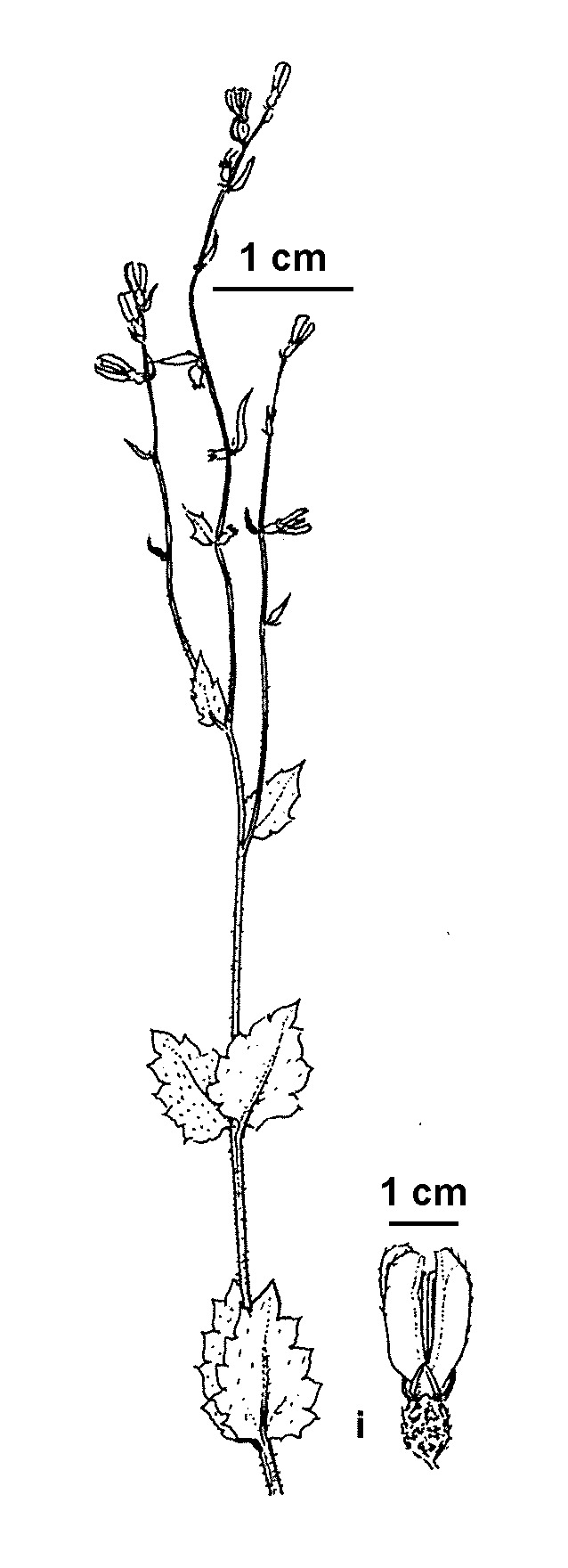Gonocarpus mezianus
(Schindl.) Orchard Hairy RaspwortPerennial herb, erect or ascending, 20–30 cm tall; stems 4-angled, covered with spreading or semi-appressed tuberculate hairs. Leaves opposite, becoming alternate above, broadly ovate to caudate, 0.7–2 cm long, 5–15 mm wide, subsessile, margins thickened, with 8–12 coarse teeth; bracts alternate, lanceolate, 2.3–3.5 mm long, green, margins entire or weakly 2–3-toothed; bracteoles ovate, 0.7–0.9 mm long, red-brown, membranous, margins deeply 3–7-toothed. Pedicel c. 0.4 mm long; sepals reddish-green, triangular to subcordate, 0.5–0.8 mm long, margins thickened, basal callus weak; petals red, 2.0–3.1 mm long; stamens 8, anthers 2–2.4 mm long; ovary globular, 0.8–1.2 mm long, slate-grey, weakly 8-ribbed, with 2 or 3 oblique calluses between ribs, scabrous. Fruit 1–1.3 mm long, silver-grey to slate grey. Flowers mainly Aug.–Feb.
Wim, GGr, DunT, HSF. Also SA. Confined in Victoria to the Grampians where found in dry rocky soils.
This species has been confused with Gonocarpus teucrioides but can be distinguished by its less robust habit, thinner subcaudate leaves with coarser teeth, reddish-brown toothed bracteoles and the flowers all alternate. Hybrids with Gonocarpus elatus have been observed.
Jeanes, J.A. (1996). Haloragaceae. In: Walsh, N.G.; Entwisle, T.J., Flora of Victoria Vol. 3, Dicotyledons Winteraceae to Myrtaceae, pp. 887–908. Inkata Press, Melbourne.
 Spinning
Spinning

